A guide to dreamy stargazing adventures in L.A. and beyond
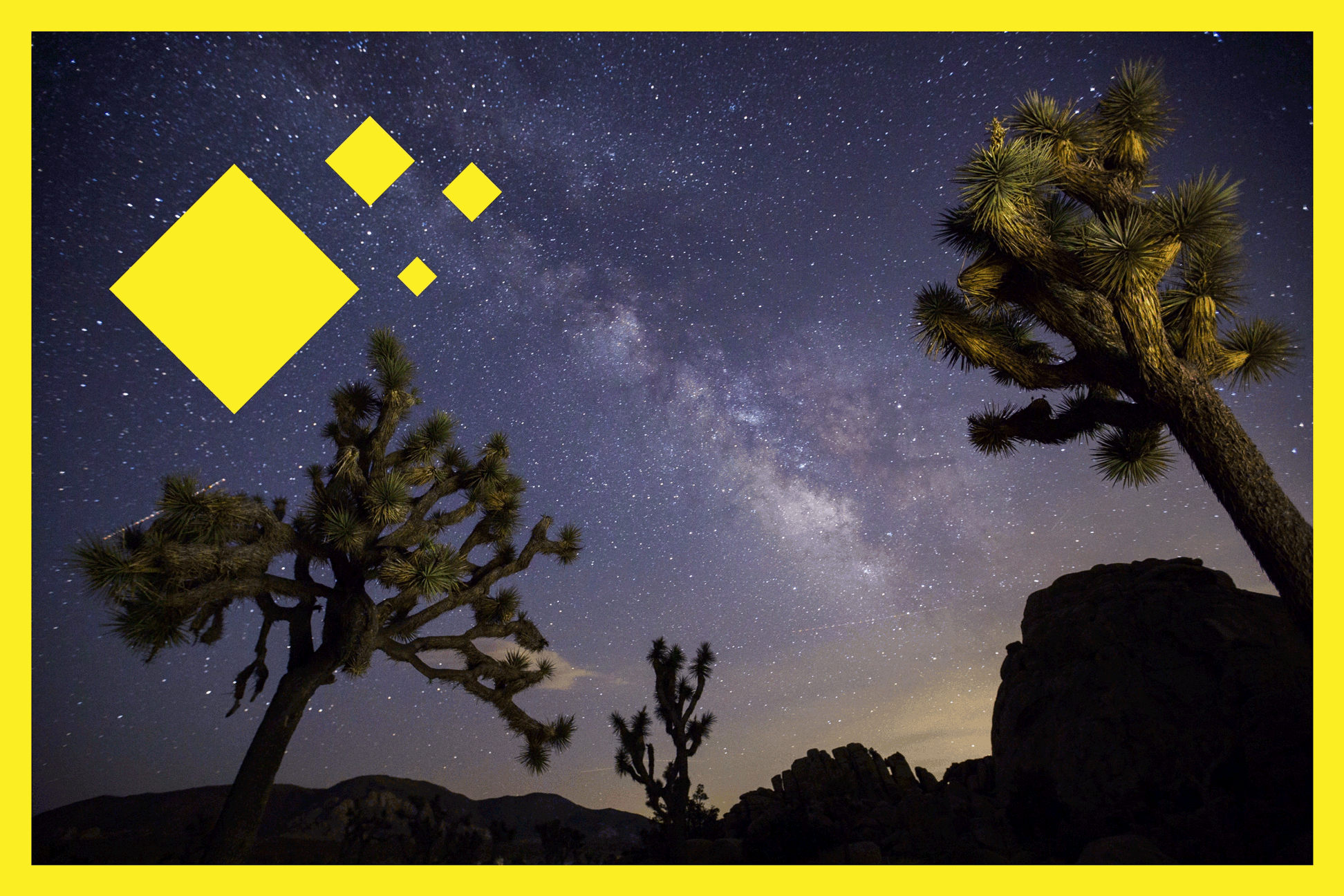
- Share via
I’ll never forget my first stargazing experience in Southern California. It was during a spring camping trip to Anza-Borrego Desert State Park, not long after nearby Borrego Springs was designated the state’s first dark sky community in 2009. There were no telescopes or binoculars to enhance the view; yet the night sky was like nothing I had seen before — an endless array of shimmering stars against a black-velvet backdrop. It was hard to believe we were only about 150 miles from L.A.
You are reading The Wild newsletter
Sign up to get expert tips on the best of Southern California's beaches, trails, parks, deserts, forests and mountains in your inbox every Thursday
You may occasionally receive promotional content from the Los Angeles Times.
Since then, I have discovered there is no shortage of excellent stargazing spots in Southern California. (And even the rare opportunity to see the aurora borealis or a solar eclipse!) But the variety of options, locations and organized events can be overwhelming, especially if you’re new to the area or the hobby.
This roundup focuses on what to expect in the celestial skies over the next few months and how to plan accordingly to maximize your chance of spotting some spectacular sights. Whether it’s a public star party at Griffith Observatory or a private astronomer-led tour in Joshua Tree, there is a proverbial universe of activities to meet your desires (and, hopefully, your schedule).
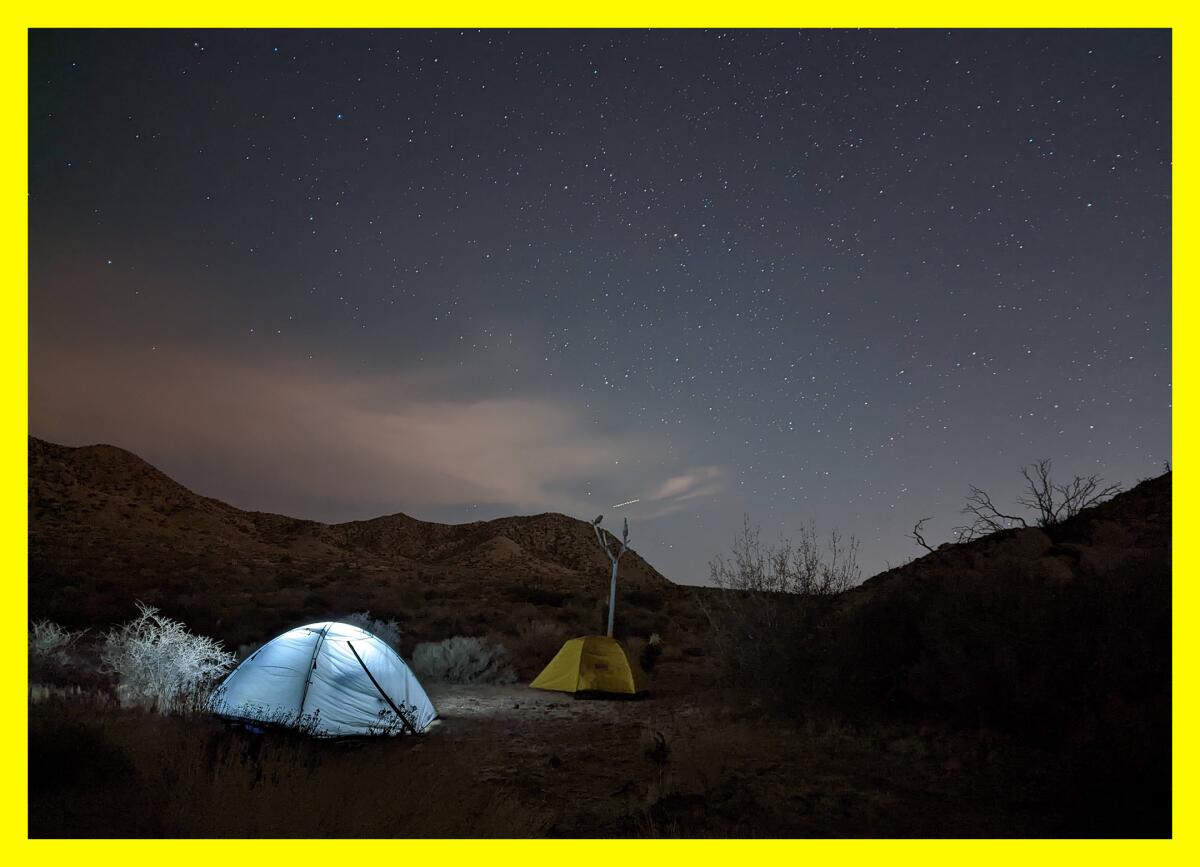
An off-season for planets
In general, this summer won’t be very impressive for planet viewing, says Tim Thompson, a science advisor at Mt. Wilson Observatory. (Though take note, on June 3 around dawn Jupiter, Mars and Saturn will be visible in the eastern sky.)
Instead, the main attraction will be the Milky Way. Thompson says the starry band is typically the most prominent object in the northern hemisphere summer sky and best viewed in remote locations like the Southern California desert between July and September.
The fuller the moon, the less visible the stars. In Joshua Tree, the best moonless nights for observing the Milky Way are the first eight days of June, July and August. The national park has designated stargazing areas, or you can line up private tours with experienced guides.
The desert is also an ideal place to view the perseids, the reliably spectacular meteor shower that sends bright trails of light streaking across the sky every summer. Last August’s perseid show drew record crowds to Joshua Tree. This summer, the perseids are expected to peak on Aug. 11 and 12, but they won’t be as luminous as last year’s shower since the moon will be about 50% full.
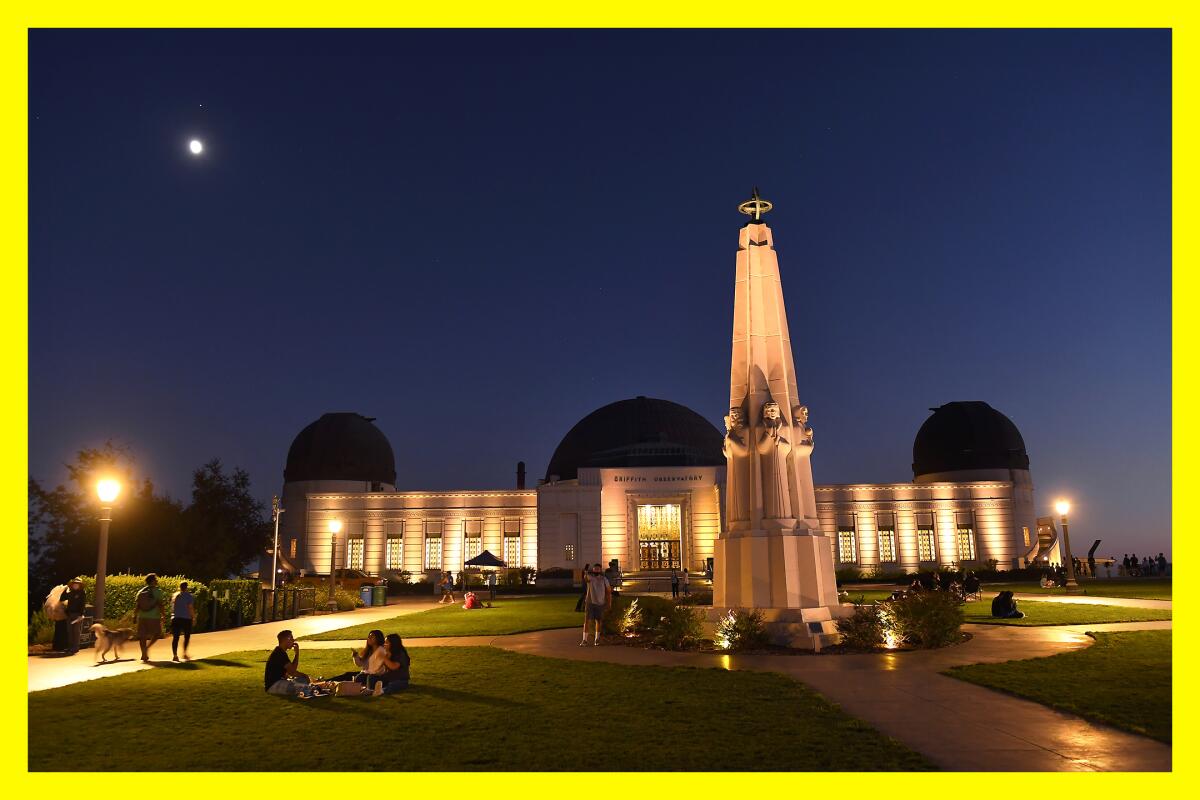
Local stargazing options
Neither the Milky Way nor the perseids will be visible in the city of Los Angeles, but there are still plenty of opportunities here to witness the wonders of the night sky.
Griffith Observatory hosts star parties once a month (there’s one this Saturday from 2 to 9:45 p.m.). Its Zeiss refracting telescope is open for public viewing, along with about 30 high-powered telescopes operated by local astronomy groups on the west lawn. It’s a chance to see a variety of views of the night sky, each one slightly different, notes Spencer SooHoo of the Los Angeles Astronomical Society (LAAS). “People are thrilled when they see the moon for the first time through a telescope,” he says. On any given evening (except Monday) up to three observatory staff members set up and run telescopes on the observatory lawn between 7 and 9:30 p.m.
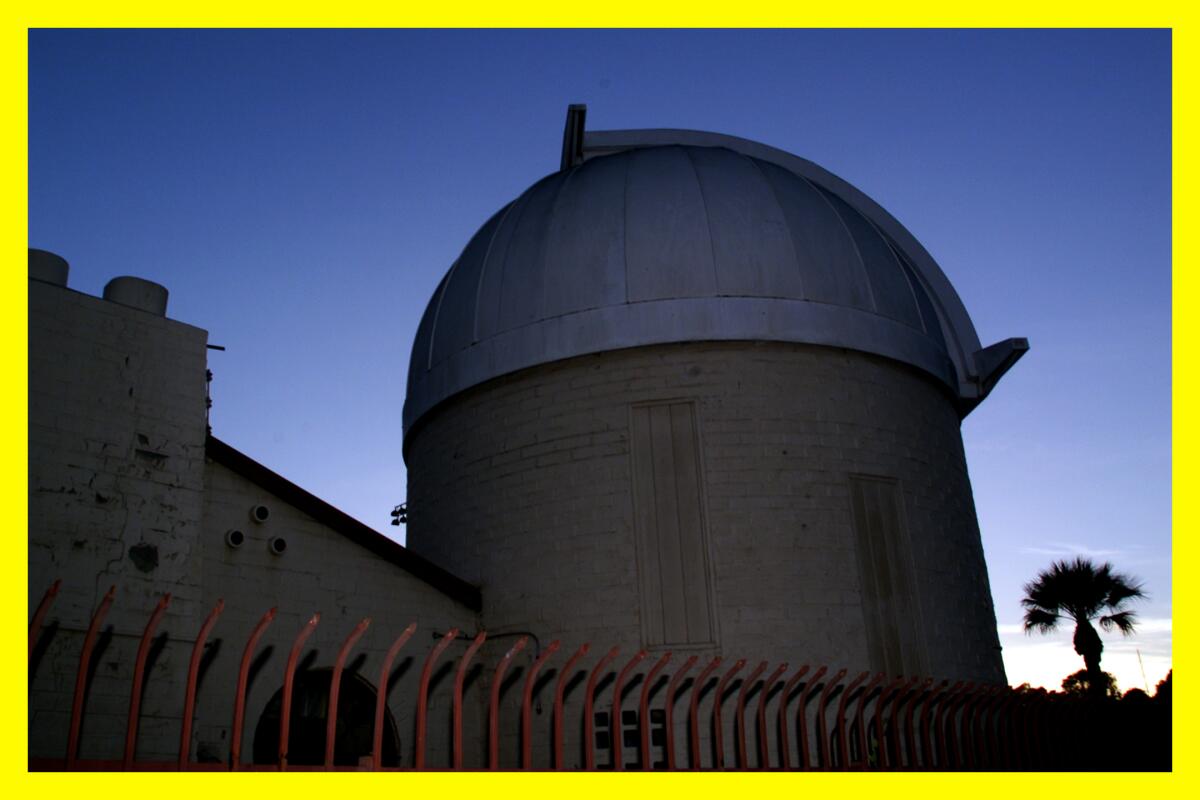
A lesser-known local spot is Garvey Ranch Observatory in Monterey Park. Run by LAAS, it’s open for stargazing every Wednesday evening from 7:30 to 10 p.m. There’s even a broadcast feed for those who can’t climb the narrow steps to the observatory’s 8-inch refractor telescope. Admittedly, there’s some light pollution, but it’s a great place to chat with experts and get help setting up your own telescope.
Up on Mt. Wilson, the observatory’s summer roster includes public ticket nights, which allow a limited number of visitors access to its historic 60-inch and 100-inch telescopes. Tickets, which range from $110 to $230, sell out fast. But more nights will be added throughout the summer.
Still want more info on stargazing? The Griffith Observatory’s website is a terrific resource, with monthly sky reports and links to dozens of active local astronomy clubs and planetariums. And don’t forget to check the weather. Dense clouds and the marine layer (also known as June gloom) will dim your prospects for a starry night.

3 things to do
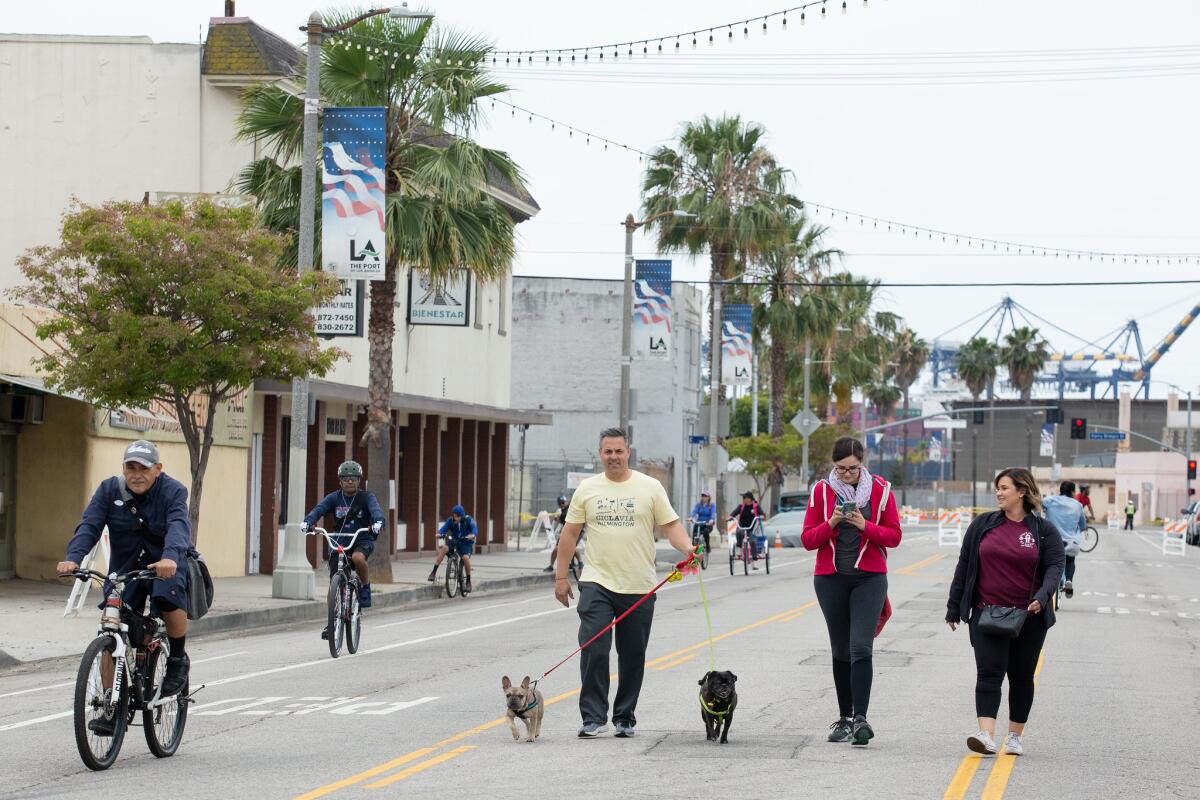
1. Ride a bike or take a stroll near the Port of Los Angeles
CicLAvia is holding a mini-version of its popular car-free events Sunday and shutting down a 2.75-mile stretch of the neighborhood of Wilmington between its Waterfront Park and Banning Park. Expect a pedestrian-focused experience featuring street games, music, art activities and free tours of the historic Banning Museum. It all takes place between 10 a.m. and 3 p.m. For more information, visit ciclavia.org.
2. Clean up the San Gabriel River in Whittier
Last year, Heal the Bay volunteers removed more than 22,000 pounds of trash from the L.A. watershed. The environmental group is taking its mission inland on Saturday with a trash cleanup event from 10 a.m. to noon at the San Gabriel River near Whittier Narrows Recreation Area. Anyone is welcome to help pick up plastic and other harmful items before they get washed downstream to the San Pedro Bay. Supplies will be provided and environmental educators will be on hand to explain water’s journey from the Sierras to the Santa Monica Bay. You can register at healthebay.org.
3. Take a wilderness walk in Redondo Beach
Just a few blocks from the ocean, Hopkins Wilderness Park is a peaceful 11-acre natural area with four ecological habitats, including a pond, forest and meadows. On Monday, representatives from the South Bay Parkland Conservancy will lead a free hourlong walk through the park aimed at promoting the health benefits of connecting with nature and the community. Also sponsored by the Beach Cities Health District, the walk begins at 10:15 a.m. and you can register at bchd.org.

The must-read
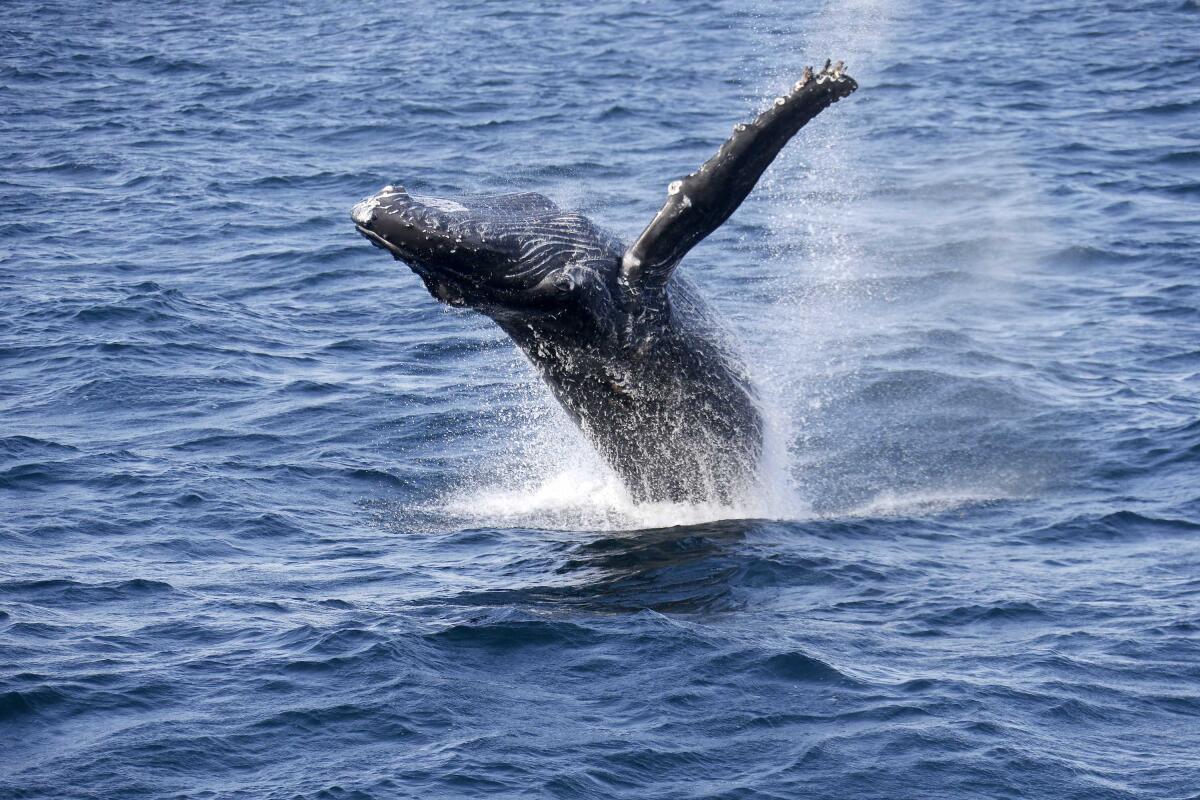
Blue and humpback whales typically arrive in Southern California in May from their breeding grounds in Mexico and hang out until December. Here’s a timely article by Times reporter Hayley Smith about the profound effect that noise pollution caused by cargo ships can have on whales and other creatures that pass through the Santa Barbara Channel. A study found that the once-quiet environment of the channel is about 30 times louder than it once was, and that can reduce an animal’s ability to detect and interpret sounds used to mate, feed and migrate. Sean Hastings of the Channel Islands Marine Sanctuary said the findings drive home the need for slower ship speeds and other efforts to mitigate ocean noise and protect wildlife.
Happy adventuring,

P.S.
The L.A. Times just published its 101 best West Coast experiences, a guide to essential things to do in Baja, California, Oregon, Washington and British Columbia. A few of travel writer Christopher Reynolds’ favorite adventures: communing with whales in Baja, paddling rapids on the South Fork of the American River, hiking beneath the falls in Yosemite’s Hetch Hetchy Valley and walking above a misty forest on Vancouver’s Capilano Suspension Bridge. Check out the whole list here. Or if you’d prefer a print copy, you can now pre-order the “West Coast 101” zine, which is the perfect size to pack in your travel bag.
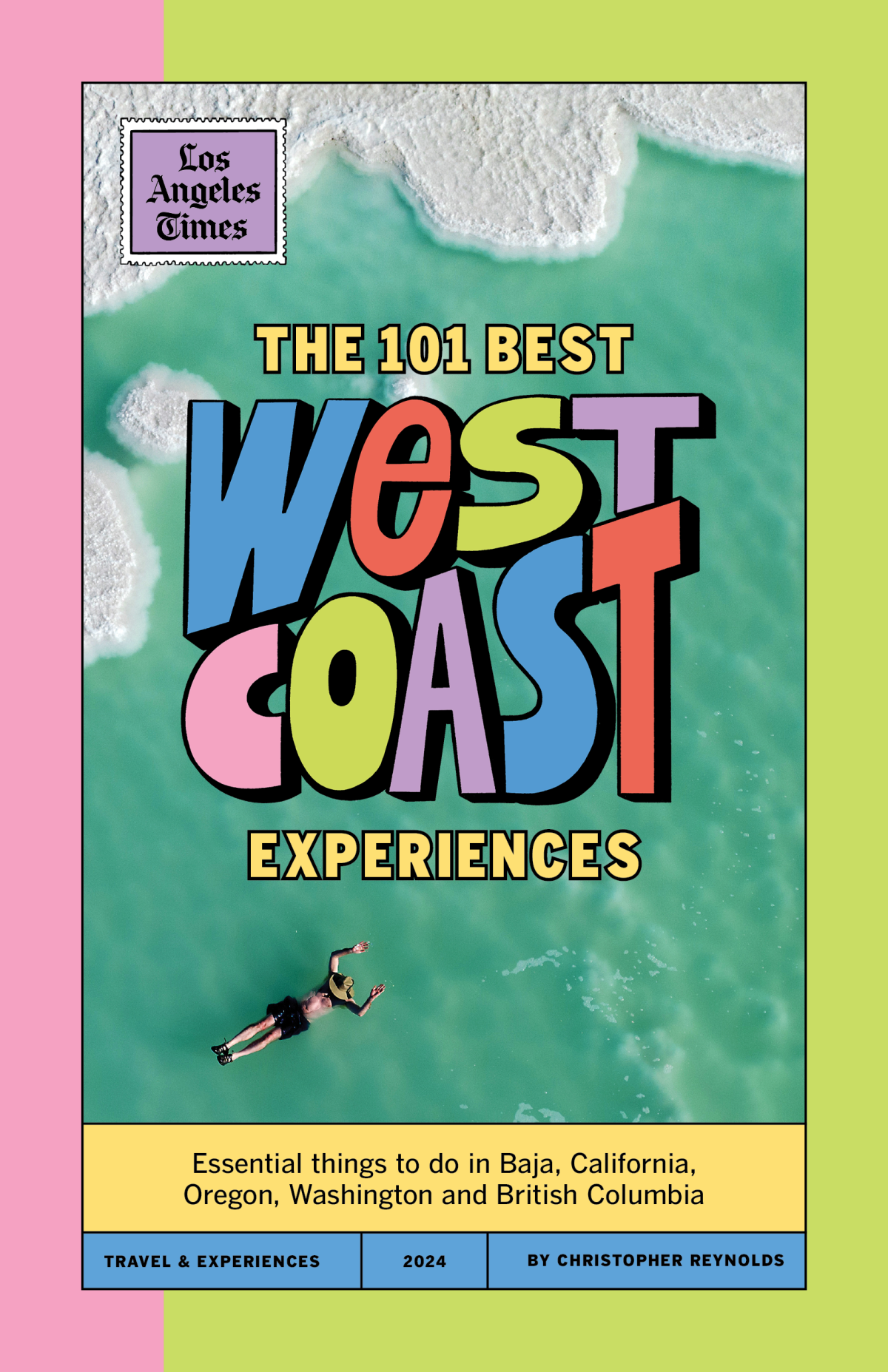
For more insider tips on Southern California’s beaches, trails and parks, check out past editions of The Wild. And to view this newsletter in your browser, click here.
Sign up for The Wild
We’ll help you find the best places to hike, bike and run, as well as the perfect silent spots for meditation and yoga.
You may occasionally receive promotional content from the Los Angeles Times.




